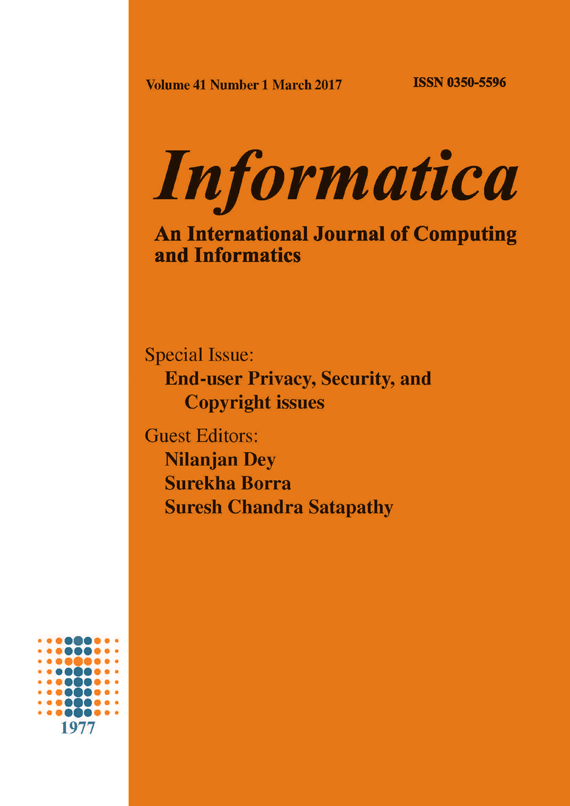An Empirical Analysis of Different Machine Learning Techniques for Classification of EEG Signal to Detect Epileptic Seizure
Abstract
Electroencephalogram (EEG) signal is a modest measure of electric flow in a human brain. It is responsible for information flow through the neurons in the brain which controls and monitors the full torso. Hence, to wide and in-depth understand of their effectiveness in EEG signal analysis is the primary focus of this paper. Moreover, machine learning techniques often proven as more efficacious compared to other techniques. To this effect, the present study primarily focuses on the analysis of EEG signal through the classification of the processed data by discrete wavelet transform (DWT) for identification of epileptic seizures using machine learning techniques. Machine learning techniques like neural networks and support vector machine (SVM) are the focus of this paper for classification of EEG signals to label epilepsy patients. In neural networks, the empirical analysis gives focus on multi-layer perceptron, probabilistic neural network, radial basis function neural networks, and recurrent neural networks. Further, for multi-layer neural networks different propagation training algorithms are examined such as Back-Propagation, Resilient-Propagation, and Quick-Propagation. For SVM, several kernel methods are considered such as Linear, Polynomial, and RBF for empirical analysis. The analysis confirms with the present setting that, recurrent neural network is performed poor in all cases of prepared epilepsy data. However, SVM and probabilistic neural networks are very effective and competitive.Downloads
Published
Issue
Section
License
I assign to Informatica, An International Journal of Computing and Informatics ("Journal") the copyright in the manuscript identified above and any additional material (figures, tables, illustrations, software or other information intended for publication) submitted as part of or as a supplement to the manuscript ("Paper") in all forms and media throughout the world, in all languages, for the full term of copyright, effective when and if the article is accepted for publication. This transfer includes the right to reproduce and/or to distribute the Paper to other journals or digital libraries in electronic and online forms and systems.
I understand that I retain the rights to use the pre-prints, off-prints, accepted manuscript and published journal Paper for personal use, scholarly purposes and internal institutional use.
In certain cases, I can ask for retaining the publishing rights of the Paper. The Journal can permit or deny the request for publishing rights, to which I fully agree.
I declare that the submitted Paper is original, has been written by the stated authors and has not been published elsewhere nor is currently being considered for publication by any other journal and will not be submitted for such review while under review by this Journal. The Paper contains no material that violates proprietary rights of any other person or entity. I have obtained written permission from copyright owners for any excerpts from copyrighted works that are included and have credited the sources in my article. I have informed the co-author(s) of the terms of this publishing agreement.
Copyright © Slovenian Society Informatika








